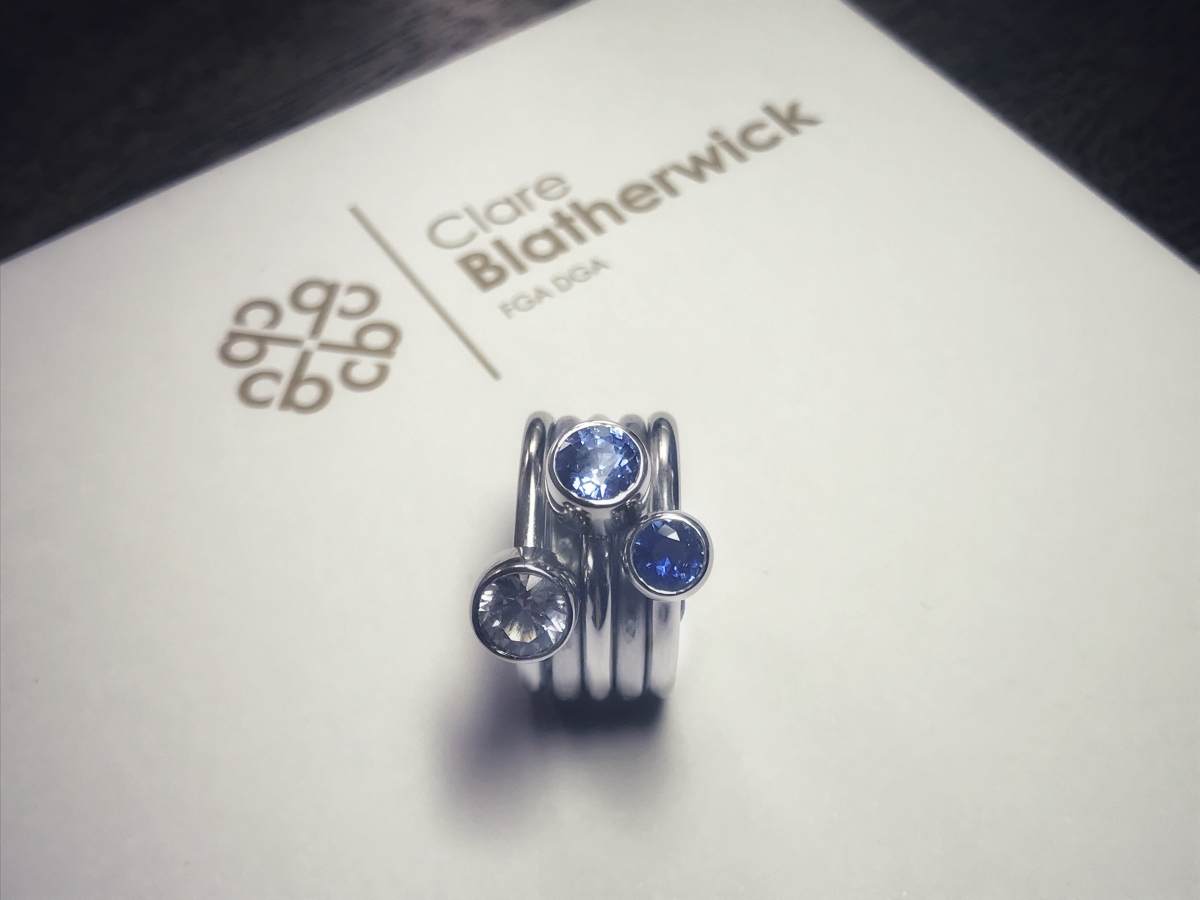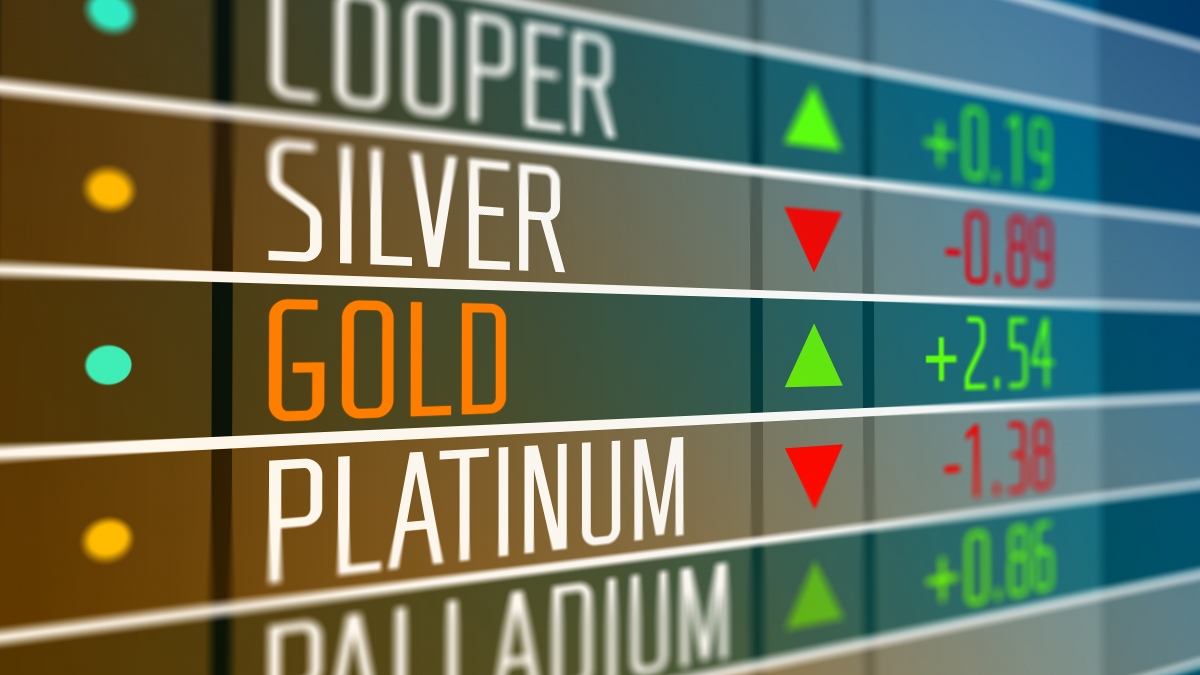
One of the things I am most often asked by my clients is ‘Why do I need an insurance valuation of my jewellery?’.
The simple answer is that, when you insure your jewellery, which is something I would wholeheartedly advocate as the best way to protect your piece in case of damage, theft or loss, your insurer will require a valuation document.
If you have to make a claim, it is crucial you and your insurer have had a professional jewellery specialist, such as myself, examine your jewellery and watches in person and you are in possession of a document giving specific details of each piece and noting how the value has been determined. Many insurers will advise you of a figure below which they do not require a piece to be listed on a valuation, but it is wise to have all items of significance listed to avoid any difficulties should loss or damage occur in the future. Lower value items can be grouped together, and an overall value allotted to them. Without a valuation document being present, insurers can ask you to acquire a post-loss assessment which, whilst possible to undertake, can lead to an under assessment of the value.
It is important to keep your valuation up to date - most insurers and brokers recommend an update every 3 to 5 years and that is especially important given the circumstance of the current jewellery market where we are seeing the growth of interest, and thus value in several areas that people may not be aware of. This growth is as the result of several factors. The phenomenon of the jewellery exhibition in major galleries and museums has undoubtedly altered the profile of jewellery, from commodity, to over and above that, miniature works of art. In addition, the growth of the Chinese market as well as the power wielded by other Middle Eastern, Asian and South East Asian buyers are influencing values in particular areas of the market that are of interest to them such as unheated, untreated gemstones and gemstones from specific geographical origins. Many gemstones are routinely treated with long term stable treatments to improve things like their colour and clarity and have been for many decades. Rubies and sapphires are a prime example, with at least 90%, possibly even 95% of those in the new market having been treated. Those that haven’t been treated and have an ideal colour and clarity are therefore very rare and have increased in value with the growing demand of connoisseurs and collectors. This means that people who may have inherited jewels that predate this type of treatment (say Victorian jewels or earlier) could be unaware in the uplift in value of their jewels in the last 5 years or so. In terms of origin, collectors are aggressively pursuing Burmese rubies, Kashmir and Burmese sapphires and Columbian emeralds. If a client has a ruby, sapphire or emerald, seeing me, a specialist jewellery valuer, to discuss this is wise in the current market.
Other gemstones that we may not think are particularly valuable, for instance those that get referred to as ‘semi-precious’ are in certain circumstances, increasing in value too. For example, amber, spinels and natural pearls are valuable again after around a hundred years of being relatively modestly priced and many people will have their grandmother’s sitting in the back of their jewellery box, utterly unaware of the value.
In addition, the gold price has increased around 20% over the last year. At the time of writing, we are at a six year high in terms of value. Accordingly, I’d recommend clients with gold jewellery should have this reassessed regularly so that they are not under insured.

Pieces made by British designers of the 60s and 70s such as Andrew Grima, John Donald, Kutchinsky and Charles de Temple had fallen out of fashion for many years but are now incredibly collectible and have seen a significant uplift in value. Of course, the big designer names, such as Cartier, are always of importance and I think there is a general awareness of that but there may not be around this other, more recent, collecting area.
With over 20 years of experience in the jewellery industry and having worked as a gemstone dealer, in antique and contemporary jewellery, as well as auctions, I am ideally placed to provide an insurance valuation for you. Not all valuation documents are considered equal, or indeed will be accepted by an insurer, or will be settled upon in the event of making a claim if the insurer does not give merit to the valuer. I am recommended by a many insurance brokers across the country to their clients, my valuations are accepted by insurers and I will travel to your home, office or bank to carry out the work which gives additional piece of mind in not having to be parted from your precious pieces for days, if not weeks at a time at a jeweller. My fees are based upon time taken, not value of your collection and are competitive. Please contact me to discuss having your jewellery valued, or your existing valuation updated.
